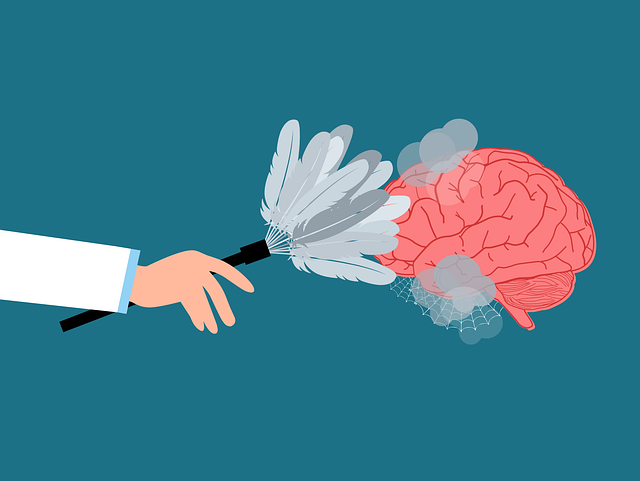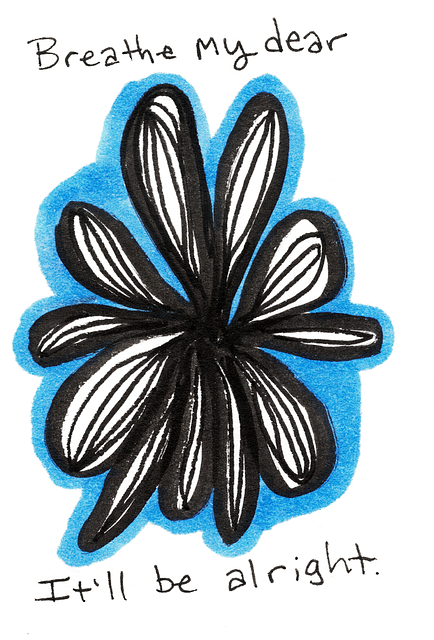Lafayette Mandarin Chinese Speaking Therapy focuses on addressing unique community needs through collaborative engagement with local residents, leaders, and organizations. By partnering with community-based groups and healthcare providers proficient in Mandarin Chinese, therapists develop culturally sensitive programs accessible to diverse populations. Effective outreach strategies incorporating culturally relevant activities target specific challenges like language barriers and acculturation issues. Measuring impact and participant feedback ensure tailored sessions for improved communication, cultural understanding, and mental wellness. Regular partnerships with local Trauma Support Services contribute to the program's longevity and positive, lasting impact.
“Lafayette, a vibrant community rich in cultural diversity, benefits from innovative outreach programs, particularly those focused on Mandarin Chinese therapy. This article explores the strategic implementation of such initiatives, highlighting the importance of understanding local needs and forming collaborative partnerships. We delve into effective outreach methods that respect cultural sensitivity, ensuring community engagement. Additionally, we examine measuring impact and sustaining long-term commitment to Lafayette’s unique Mandarin Chinese speaking therapy initiatives.”
- Understanding Community Needs and Collaboration: Identifying Key Partners in Lafayette for Mandarin Chinese Therapy Programs
- Designing and Implementing Effective Outreach Strategies: Engaging the Local Community with Cultural Sensitivity
- Measuring Impact and Sustaining Long-term Engagement: Evaluating Success and Building Continuity in Lafayette's Mandarin Chinese Speaking Therapy Initiatives
Understanding Community Needs and Collaboration: Identifying Key Partners in Lafayette for Mandarin Chinese Therapy Programs

Understanding the unique needs of the Lafayette community is a crucial first step in implementing effective Mandarin Chinese speaking therapy programs. This involves engaging with local residents, community leaders, and organizations to identify specific challenges and cultural considerations. For instance, recent immigrants or refugees may face barriers related to language, acculturation, and access to mental health services. By collaborating with community-based organizations, schools, and religious groups that cater to these populations, therapists can ensure their programs are culturally sensitive and tailored to the diverse needs of Lafayette’s residents.
Collaboration is key to success in this initiative. Partnering with local Chinese community centers, cultural associations, and healthcare providers who speak Mandarin Chinese will facilitate access to a wider population. These partnerships can also help integrate therapy services seamlessly into existing community support networks, ensuring better engagement and outcomes for individuals seeking stress management techniques or self-awareness exercises. Cultural sensitivity in mental healthcare practice is essential, and by working together, these key partners can enhance the overall effectiveness of Lafayette Mandarin Chinese speaking therapy programs.
Designing and Implementing Effective Outreach Strategies: Engaging the Local Community with Cultural Sensitivity

Designing and implementing effective outreach strategies requires a deep understanding of the local community’s needs and cultural nuances. This is particularly essential when offering therapeutic services, such as those provided by Lafayette Mandarin Chinese Speaking Therapy. Tailoring initiatives to resonate with diverse populations fosters engagement and accessibility. For instance, incorporating culturally relevant activities and language support can significantly enhance the impact of outreach programs.
When navigating a community with varying cultural backgrounds, it’s crucial to approach each interaction with sensitivity and respect. This involves learning about local customs, traditions, and potential barriers to accessing services. By doing so, organizations like Lafayette Mandarin Chinese Speaking Therapy can provide targeted support for burnout prevention, resilience building, and trauma support services, ensuring that no one is left unserved due to cultural or linguistic differences.
Measuring Impact and Sustaining Long-term Engagement: Evaluating Success and Building Continuity in Lafayette's Mandarin Chinese Speaking Therapy Initiatives

Measuring the impact and sustaining long-term engagement are vital aspects of Lafayette Mandarin Chinese Speaking Therapy initiatives. Successful programs like these aim to create a sustainable change in the community, fostering mental wellness and self-esteem improvement among participants. By evaluating each initiative’s outcomes, therapists can identify what resonates most with the community and tailor future sessions accordingly. This ensures that the program remains relevant and effective over time.
For Lafayette Mandarin Chinese Speaking Therapy, tracking progress involves assessing improvements in communication skills, cultural understanding, and psychological well-being. Regular feedback from participants plays a crucial role in this process, helping to refine and enhance the therapy services provided. Additionally, building partnerships with local Trauma Support Services enables a holistic approach, addressing diverse needs within the community. Such strategies contribute to the program’s longevity and ensure that the Lafayette Mandarin Chinese Speaking Therapy initiatives continue to make a positive and lasting impact on its participants.
Community outreach programs focused on Lafayette Mandarin Chinese Speaking Therapy have proven successful through understanding local needs, strategic partnerships, and culturally sensitive engagement. Evaluating impact has revealed long-term benefits, fostering a continuous initiative that enhances the well-being of Lafayette’s diverse population. By collaborating with key stakeholders and implementing effective strategies, these programs ensure a lasting legacy, improving access to therapy and enriching cultural connections within the community.














